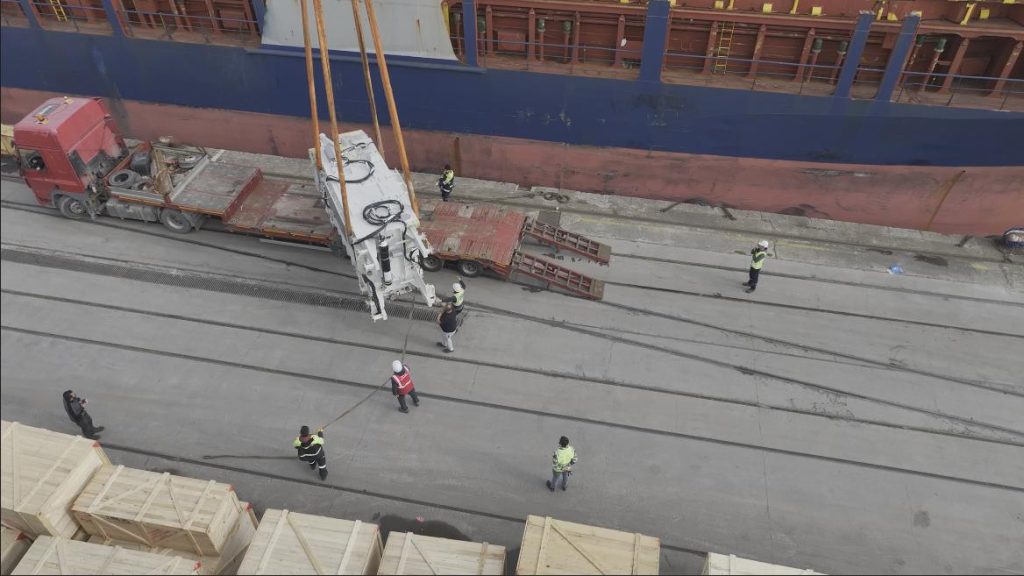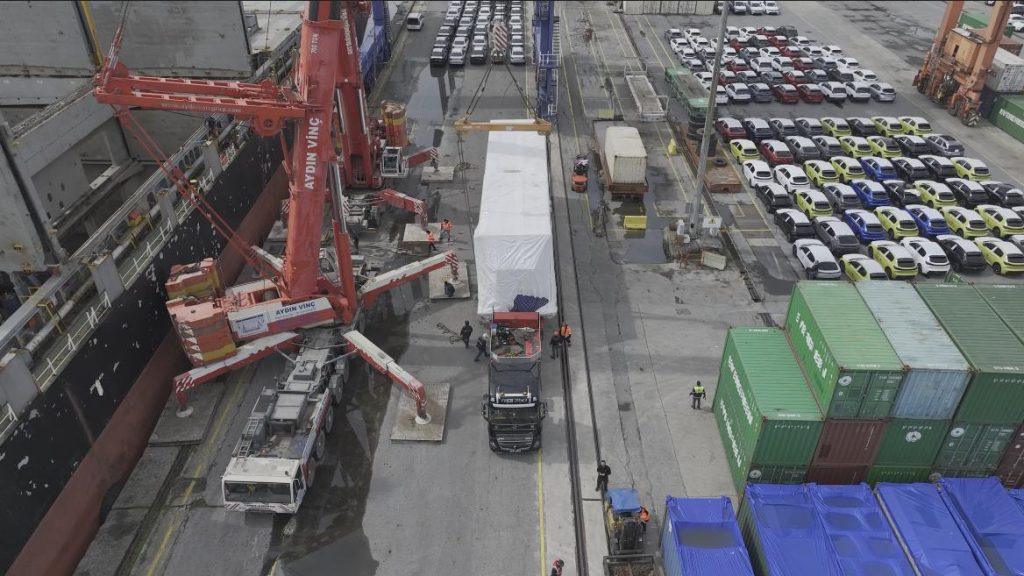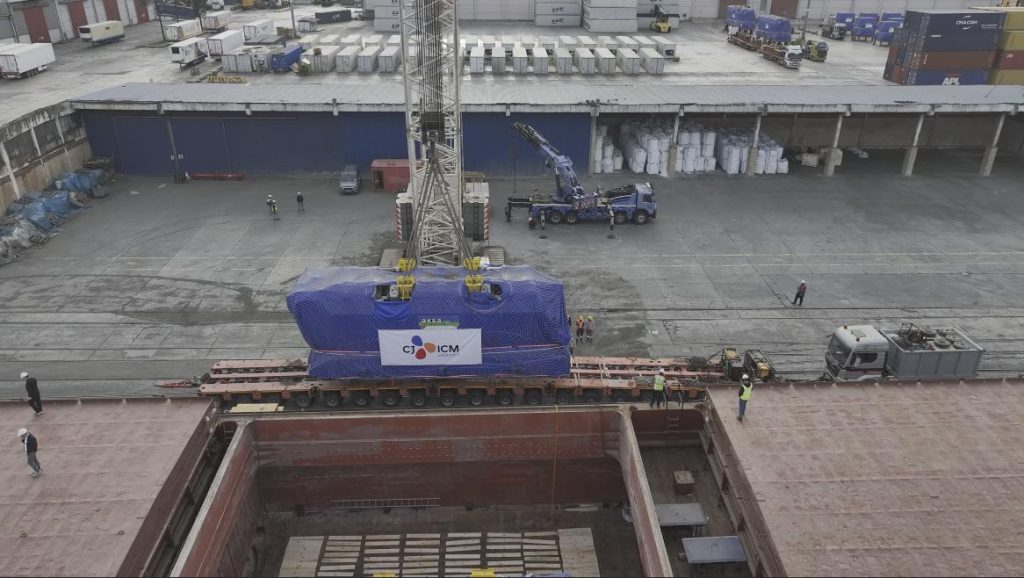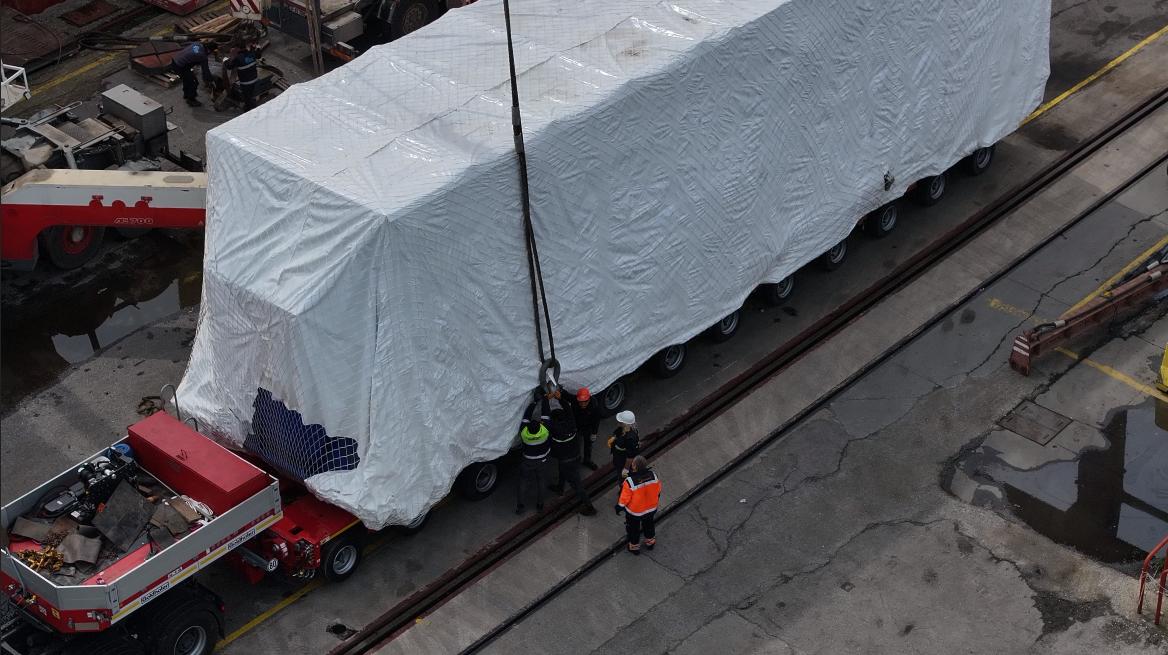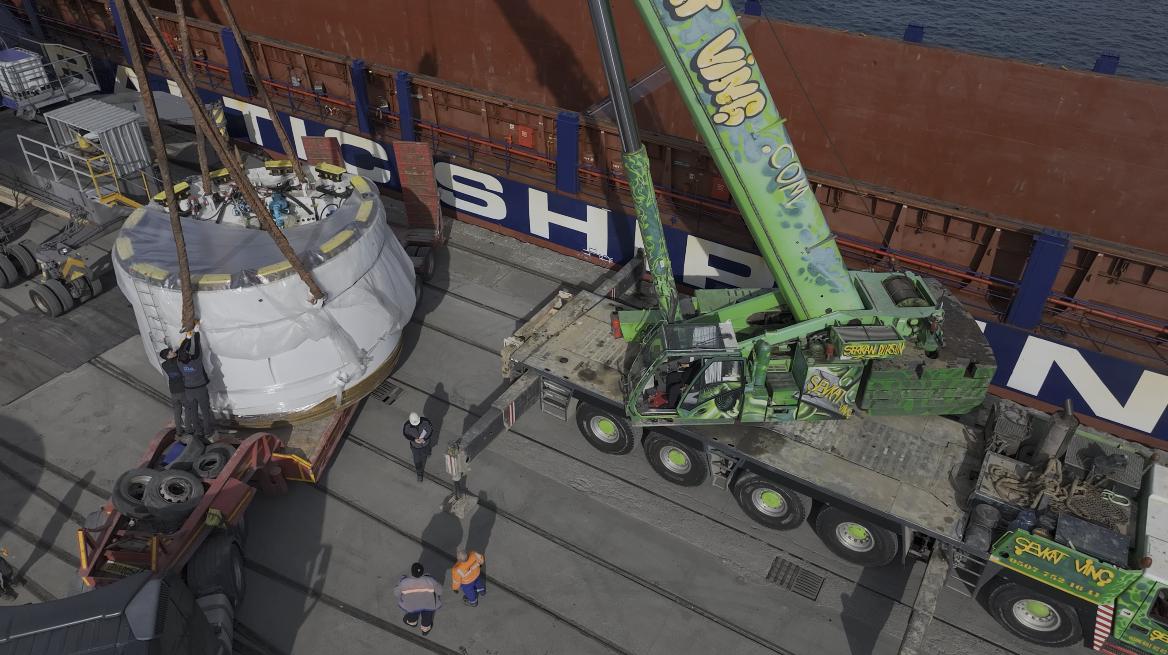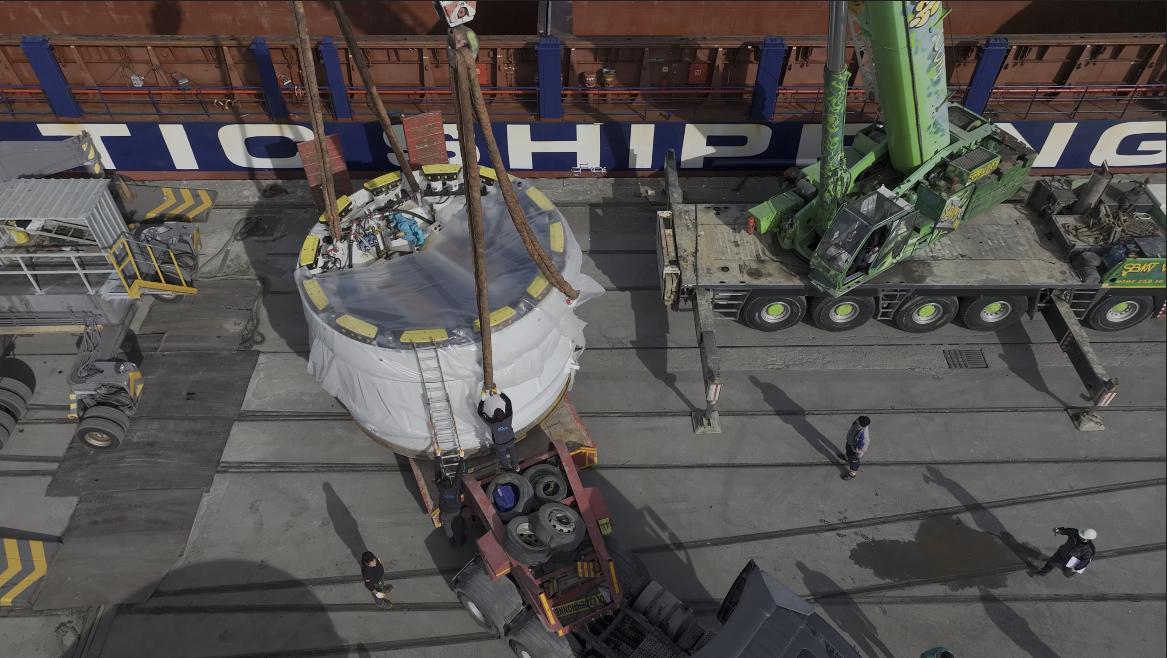Control and Tracking
I. Introduction
In today’s rapidly evolving logistics and supply chain landscape, control and tracking systems play a critical role. From inventory management to shipment monitoring, and from ensuring customer satisfaction to enhancing operational efficiency, robust control and tracking mechanisms are essential for transparent, reliable, and efficient processes. This article explores the importance of control and tracking systems, the factors that influence their effectiveness, technological advancements, practical application methods, common challenges, and future development perspectives.
II. The Importance of Control and Tracking
Control and tracking are indispensable elements in logistics operations. When effectively implemented, they:
- Increase Efficiency: Real-time knowledge of the location and status of products simplifies planning and streamlines operations.
- Reduce Errors and Losses: The risk of misplacement or loss of goods is minimized.
- Enhance Customer Satisfaction: Transparent tracking builds customer trust and improves overall satisfaction.
- Provide Competitive Advantage: Advanced tracking systems enable quick decision-making through real-time data, setting businesses apart from competitors.
III. Influencing Factors
The effectiveness of control and tracking systems depends on several key factors:
- Infrastructure and Technology:
- High-speed internet, modern data collection devices (RFID, barcode scanners, GPS), and integrated software systems form the backbone of these processes.
- Business Processes and Integration:
- Seamless integration of various operational processes ensures uninterrupted data flow. Compatibility between ERP, WMS, and other systems is critical.
- Data Quality and Analysis:
- The accuracy, timeliness, and analyzability of the collected data directly affect system performance.
- Training and Human Factors:
- Proper usage of systems by operators and managers minimizes errors. Regular training programs are essential to maintain high efficiency.
IV. Technological Advancements and Innovations
Recent technological advancements have significantly enhanced control and tracking practices:
- RFID and IoT Integration: RFID tags and IoT devices provide real-time tracking, enabling continuous monitoring of inventory and shipments.
- Cloud-Based Systems: Centralized data storage enables access from anywhere, facilitating up-to-date reporting and analytics.
- Artificial Intelligence and Machine Learning: These technologies analyze historical and real-time data to forecast potential issues and suggest proactive solutions.
- Mobile Applications: Field employees can input data on the go, accelerating the tracking process and improving overall responsiveness.
V. Techniques and Implementation Methods
Several effective techniques are used to implement control and tracking systems:
- Barcode and QR Code Systems: Widely used for product identification and tracking, these systems are cost-effective and easily integrated.
- RFID Technology: Particularly useful in large-scale operations, RFID offers real-time data flow and faster processing.
- GPS Tracking: Essential for monitoring the location of transportation vehicles and shipments, GPS systems play a critical role in optimizing logistics operations.
- Integrated Software Solutions: ERP, TMS, and WMS systems ensure reliable and seamless data flow across all operational aspects.
VI. Challenges and Proposed Solutions
Despite technological progress, several challenges persist in control and tracking:
- Data Security: Strong security measures must be in place to protect the collected data from cyber threats.
- Integration Issues: Incompatibilities between different systems can disrupt data flow. Standard protocols and updated software solutions help mitigate these issues.
- Insufficient Training: Inadequate user training may lead to errors and operational disruptions. Continuous training programs are essential.
- Cost Concerns: While advanced control and tracking systems require significant initial investment, the long-term benefits in efficiency and reduced error rates justify the expenditure.
VII. Future Outlook
The future of control and tracking systems is promising with further advancements expected:
- Smart Network Solutions: With the advent of IoT and 5G technologies, more comprehensive monitoring networks will be established, accelerating data collection and analysis.
- AI-Powered Analytics: Big data analytics and AI will enable early detection of anomalies and facilitate proactive intervention.
- Autonomous Systems: In warehouses and distribution centers, robotics and automated systems will further minimize human intervention and increase operational efficiency.
- Sustainability and Energy Efficiency: Future systems will not only focus on data collection but also incorporate eco-friendly solutions to support sustainable operations.
VIII. Conclusion
Control and tracking systems are fundamental to modern logistics and supply chain management. By integrating the right technologies and systematic approaches, businesses can achieve significant improvements in operational efficiency, cost savings, and customer satisfaction. As these systems continue to evolve with advancements in technology, they will further empower businesses to remain competitive in the global market. Embracing these innovative control and tracking solutions is key to creating a transparent, responsive, and agile supply chain.
